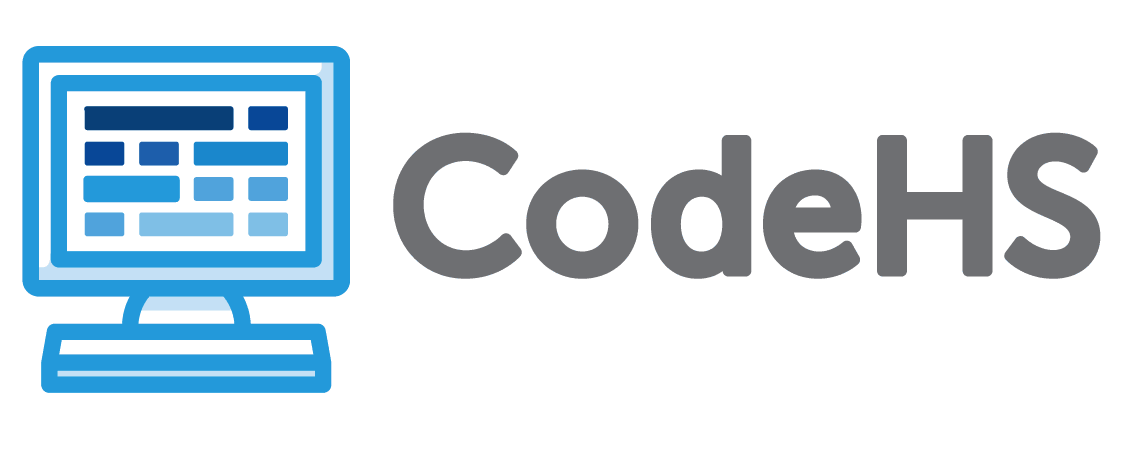
| Unit | Description |
|---|---|
| Programming with Turtle Graphics: Students learn Python commands, functions, and control structures by drawing shapes on the screen and solving puzzles with Turtle Graphics. | |
| What is Computing?: Students review the history of computing, learn about the various parts that make up modern computers, and explore the impact computing has had on today's world. | |
| Intro to micro:bit: Students learn the basics of physical computing with micro:bit, such as how to light up and change the brightness of LEDs, and how variables can be used to write more versatile programs. | |
| Digital Citizenship and Cyber Hygiene: Students learn topics on Internet etiquette, how to stay safe on the web, potential effects of digital footprints, how to protect their information, and the implications of cyberbullying. | |
| The ABCs of Cryptography: Students dive into the history of cryptography systems, the motivation behind using encryption systems, and basic cryptography systems. | |
| Web Design: Students learn the basics of HTML, CSS, and the processes involved in viewing web pages on the internet. | |
| Project: Designing for Impact: Students go through the design process to develop a website that solves a problem in their community. | |
| Digital Information: Students learn about the various ways we represent information digitally, including number systems, encoding data, and programmatically creating pixel images. | |
| The Internet: Students explore the structure and design of the internet, and how this design affects the reliability of network communication, the security of data, and personal privacy. | |
| Project: The Effects of the Internet: In this project, students choose an innovation that was enabled by the Internet and explore the effects of this innovation. |
| Unit | Description |
|---|---|
| Introduction to Programming with Karel the Dog: Students explore the fundamentals of programming by giving commands to Karel the dog. Students learn about JavaScript syntax, functions, control structures, and proper programming formatting. | |
| Extra Karel Puzzles: A set of all the trickiest Karel puzzles for you to solve | |
| What is Cybersecurity?: This module gives an introduction to cybersecurity. It focuses on why cybersecurity is important, recent threats to cybersecurity, and different careers in the field. | |
| micro:bit Unit 2: Program Control: Students will apply control structures, such as if/else statements and loops to create programs that will react to the outside world. They will build programs that use the built-in sensors that detect temperature, light, and acceleration, as well as external sensors, such as an ultrasonic range finder, which detects the distance from the device to nearby objects. | |
| micro:bit Unit 3: Advanced micro:bit: Students will have a chance to explore all of the capabilities of the micro:bit on their own! They will research, explore, and teach their peers about new sensors, follow directions to build an advanced device, and have a chance to create their very own micro:bit machine. | |
| Tech Apps and Coding Midterm: | |
| Tech Apps and Coding Final: | |
| What is Computing? Original Material: | |
| New Material (2020-2021): |
Sign up for a free teacher account to get access to curriculum, teacher tools and teacher resources.
Teacher SignupSign up as a student if you are in a school and have a class code given to you by your teacher.
Student Signup